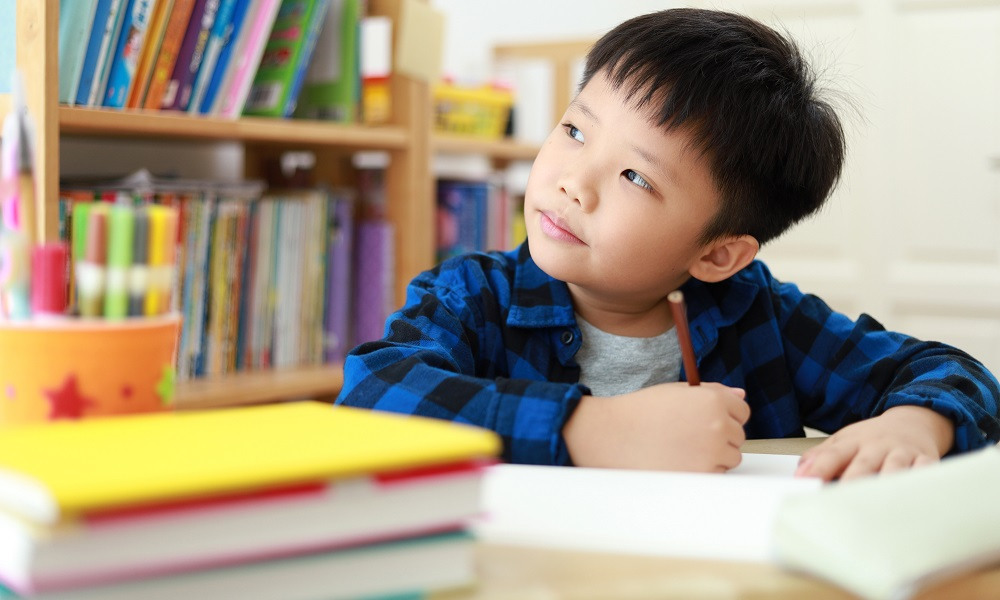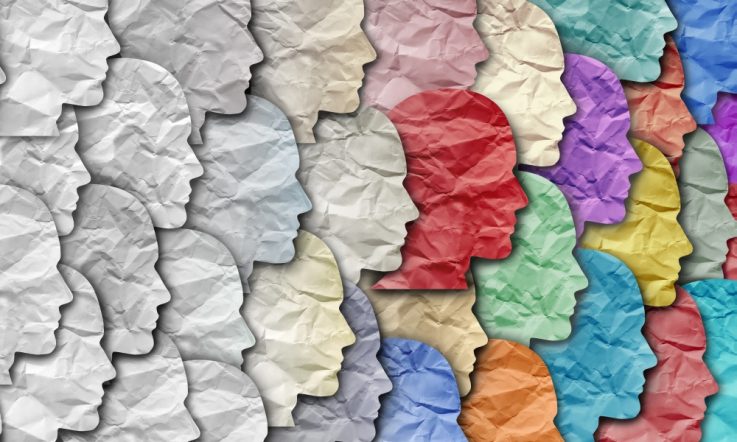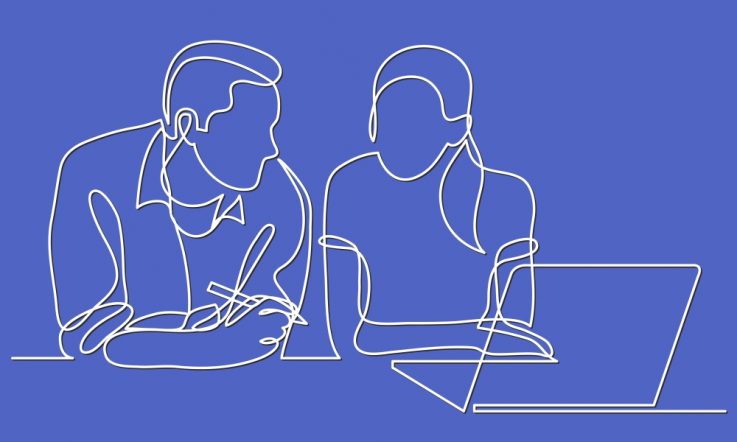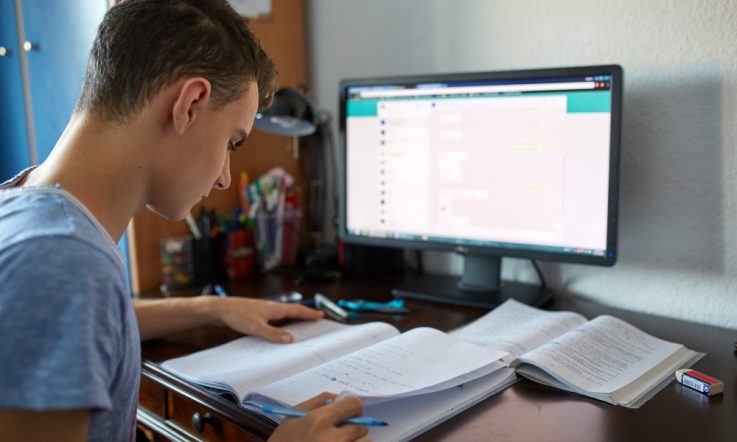The COVID-19 pandemic has presented some unique challenges for early years educators as they move to a remote learning approach. In today's article, Dr Deborah Price, a Senior Lecturer in Inclusive Education and Wellbeing at the University of South Australia's Education Futures academic unit and president of the Australian Curriculum Studies Association (ACSA), discusses some practical ways to overcome these obstacles and embrace the teaching and learning opportunities this new environment provides.
Teachers and school leaders around the world – from early learning centres, preschool, Kindergarten to senior secondary – have been grappling with how best to support students and their parents/carers during COVID-19 restrictions. Price says, whilst the changes can be challenging, the situation also presents plenty of opportunities.
The academic says in recent years there has been increasing evidence that the early years of a child's education (from birth to eight) ‘are foundational in nurturing a lifelong love of learning, harnessing their curiosity and exploration of the world, developing social connectedness and sense of belonging, identity and wellbeing'.
She highlights the fact that child-centred approaches working in partnership with all community members – promoted in key policy documents such as the Early Years Learning Framework and Alice Springs (Mparntwe) Education Declaration – are at the core of providing effective learning and care.
‘The rapid emergence of the unprecedented pandemic calls on the well-evidenced expertise, responsiveness and creativity of early years teachers in scaffolding learning experiences that integrate the individual contexts that young children are inhabiting during social isolation and COVID-19 requirements,' Price says.
In particular, she urges early years teachers to embrace the chance to strengthen partnerships with children, families and carers, and learn more about their worlds – integrating their individual contexts and needs into planning for learning experiences. On the professional learning front, Price says a second opportunity exists in practitioners expanding their own online teaching knowledge, skills and confidence for 21st Century learning strategies and advancing young people's skills in anticipating what will be required for citizens as we head towards the 22nd Century and rapid technological and environmental change.
Key principles in moving to remote learning models
When considering the move towards a more remote or distance learning model, Price says key principles for educators include:
- View children as learners in all moments and environments;
- Engage young children as co-designers in online delivery platforms, embracing their capabilities and skills having been born into the era of digital technologies;
- Draw on the expertise and well-advanced online/distance learning strategies teachers in rural and remote regions in Australia already have in place. Associate Professor Philip Roberts, University of Canberra and ACSA Executive Member, is an esteemed researcher in this field. He provides recommendations in this AARE blog he co-wrote with Natalie Downes, this book chapter on Education for Rural Australia, and in the book Rural and Regional Futures.
- Model a calm and caring approach to children and their family's individual contexts and needs to provide a stable influence and support emotional wellbeing;
- Avoid trying to exactly replicate the face-to-face learning experience directly to an online learning platform;
- Apply inclusive practices to ensure all children have access to learning and are actively engaged in learning; and,
- Educate young children and their families and carers on e-safety; that is, remaining safe online.
Planning learning experiences
So, what are some of the main things that early year teachers should keep in mind when planning lessons and learning activities? ‘Keep the learning outcomes central, not letting the online platforms and tools dictate the learning,' Price says. ‘It is important to recognise that around 40 per cent of young children in Australia do not have access to technology, therefore learning experiences need to be designed to support children learning in a whole range of modes.'
Price offers the following suggestions:
- Design learning experiences which engage children through interacting with their natural setting and then bring this learning to online or paper-based learning;
- Apply techniques of the flipped classroom (i.e. children engage in learning experiences and collecting information, items, experimenting etc. and then share through online format), and blended learning (a mixture of online and offline activities);
- Encourage children to design inquiry questions that they want to explore in their natural setting and then share either online, by phone, with family and carers, or by post;
- Encourage pairs or small groups of children to design a shared inquiry question that they each explore in their own setting and then children collectively design approaches for sharing their findings;
- Schedule regular and short online sessions where there can be some explicit teaching, as well as children sharing their learning intentions, findings and learning, which accommodate their developmental attention span. The e-Safety Commissioner describes the difficulty in prescribing set times stating, ‘the quality and nature of what they are doing online, and your involvement, are just as important'. The Office offers advice for parents and carers, including critical online safety practices, which has direct relevance for teachers.
- Design activities that integrate online interactions with physical movement – for example, going on a scavenger hunt, group stories, singing or music;
- Establish a consistent timetable for engaging in online platforms so that children and their families and carers develop a routine;
- Integrate a range of technologies available to young people, such as video, cameras and photos, voice recordings, digital drawings, and games; and,
- Provide children with a choice of activities so that they can be empowered in making decisions over the week, whilst ensuring a balance of activities across curriculum learning areas – for example, using a rubric to self-monitor progress.
Rethinking resources – making use of natural settings
In an early years learning setting, classroom and school environment, educators generally have access to a variety of teaching and learning resources. Price says the move to remote learning may seem like a challenge, but there are many opportunities for authentic learning activities.
‘Children's natural settings are rich with resources that can be applied across all learning areas; Mathematics, English, Humanities and Social Sciences, Science, Arts (Music, Drama, Dance, Visual and Media), Health and Physical Education, Languages, Design and Technologies. This provides the opportunity to challenge children to see all the learning available in their interaction with the natural environment,' Price says. She highlights the following examples:
Everyday household items – Mathematical concepts and numeracy surround children and are central to their world, including: timing devices around the home, for example, analogue and digital clocks, a stop watch, watches, and the oven timer; and measurement concepts such as weight, capacity of cooking ingredients, liquids, numbers around the house, and counting of objects.
Nature resources – think about encouraging outdoor play and construction with materials including water, rocks and sticks; making artwork with nature.
Commercial resources – some students will have access to card games, board games and technological games, and a range of sport and exercise resources such as trampolines, skipping ropes, balls and racquets.
Art resources – consider making use of any household art, or musical instruments (including improvised instruments such as buckets for drums, and so on), and homemade play dough.
Digital resources – digital assistants such as Google Home, collaborative online platforms, e-books, movies, tablet devices, phones, computers, watches, cameras, video games etc.
‘The best learning includes linking authentic, engaging and purposeful household activities with learning experiences – gardening, cooking, painting, building, cleaning, redesigning rooms, and shopping, for example,' Price says.
Maintaining relationships and a sense of belonging
As adults, it's been important to find ways to stay connected with each other during social distancing measures and the move to working from home. So, what are some of the ways teachers can work to help children maintain relationships with their peers, and a sense of belonging to their educational setting?
‘The early years is central for young children to move from more egocentric, independent play to engaging and connecting with peers. Therefore, building opportunities to continue to develop social connectedness is important during this period of social isolation.'
Price says online platforms, such as Google Classroom or Zoom, provide opportunities for whole class interaction and also break out rooms. ‘Break out rooms can be used for both formal group tasks and informal conversations – both are important,' she says. For those students who don't feel comfortable talking in a class or group forum and would rather type their interaction, she adds chat forums are also available on some platforms. Allowing children to work on the same documents through Google Docs, meanwhile, can be used to promote connectedness and a shared goal.
Your site may already have a buddy system in place. Price says these are important to continue – within classes and across year levels – through online platforms, by post and by phone. ‘Paraprofessional help, including School Support Officers, can also continue to provide individualised learning online, by phone or post.'
Two more suggestions include engagement in secure online games (allowing for fun interaction while being mindful of security and adult supervision), and setting learning tasks that engage children in interviewing or seeking information from family and friends – helping them keep connected with significant others outside of their class peers.
Collecting evidence of student progress
‘As with face-to-face teaching, assessment can include both formative and summative assessment,' Price says, including:
- Observing children's engagement in online platforms, presentation of information, responses to questions;
- Online/posting/emails of documents, artefacts, images, photos, videos of learning;
- Teachers can design assessments through an online quiz, Mentimeter, Wordle etc;
- Online literacy and numeracy activities;
- Children can record journals of their daily activities and learnings – using images, writing, reading, and voice recordings;
- Seek out parent/carer/family perceptions and feedback; and,
- Collect children's self-reflections and perceptions.
Building effective partnerships
‘Working in partnership has never been more important than during this COVID-19 period with teachers, paraprofessionals, parents and carers being responsive and empathetic to the diversity of individual contexts,' Price reflects. ‘Parents, carers and extended family members have always been the most significant individuals in the lives of their children, with teachers working with them to maximise learning outcomes and wellbeing.'
Price says working effectively in partnership includes being able to provide a range of learning experiences to accommodate individual student contexts – for example, access to technology. Teachers should also be mindful of offering flexibility and choice so that children and their parents and carers can integrate these learning activities into their own context and daily routines. ‘Where possible, parents and carers need to be encouraged to keep a fairly consistent schedule of both formal learning and informal activities using the timetable/learning experiences provided by the teacher.'
Think about the communication channels you and your site can make available to parents and carers. This could mean contact by phone, online discussion forums or email, for example. ‘Promote a safe and caring forum to support them during this time,' Price says.
Teachers, parents and carers need to be working together to monitor learning and safe engagement in online activities.
‘Encourage parents and carers to respond to their child or children as they initiate interactions around the home, seek to maximise the learning from their curiosity and engage them in problem solving,' Price says. ‘Prioritise fun in learning and problem solving and celebrate learning, effort and achievement. Empower children to be agents in their own learning.'
Working together to support all children
When asked if there is anything else early years educators should keep in mind over the coming weeks, Price concludes: ‘Our children are so precious, and teachers play such a significant role in working with parents and carers in nurturing the next generation. The early years is pivotal in laying the solid foundation and during this pandemic, working together with parents and carers in continuing to provide a calm and reassuring environment and responding to children as they question and learn about the current situation is critical. Children feeling safe and supported is essential to their wellbeing and ability to focus on learning.
‘Many families are contributing to the good of society in so many ways and engaging our children in these models of selflessness, shared responsibility and acts of kindness would be the richest learning experiences that our children could engage in and promote genuine citizenship qualities.
‘The most challenging task for teachers is how to reach, stay connected and provide rich learning experiences and support for the significant percentage of children who don't have equitable access to resources and care. Working together to support all children is at the core of teachers' work.'
As an early years educator, how are you staying connected to students and providing rich learning experiences to support their learning? How does this work for students who don’t have equitable access to resources and technology?
Dr Deborah Price says: ‘Working in partnership has never been more important than during this COVID-19 period with teachers, paraprofessionals, parents and carers being responsive and empathetic to the diversity of individual contexts’. How are you doing this at your school? What challenges have you had to overcome to do so?



